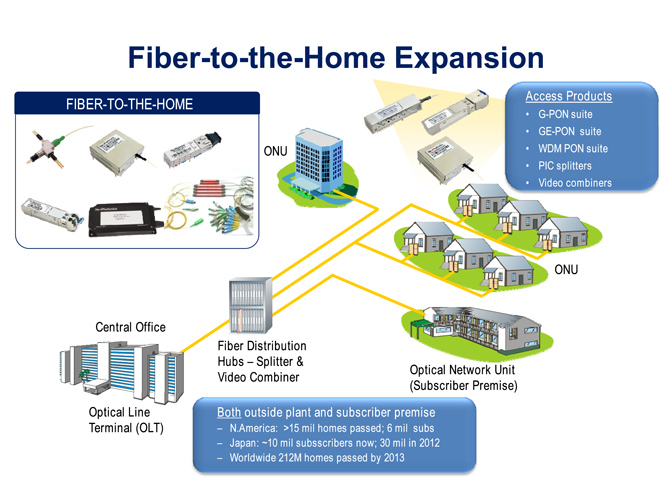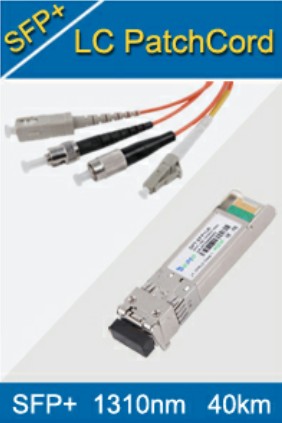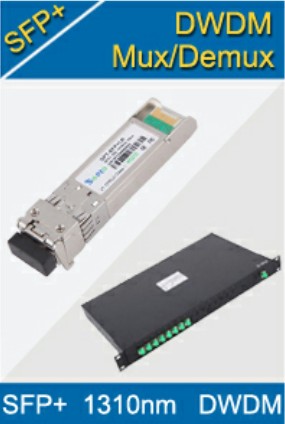Module Knowledge
- Tips for Buying 10G XFP Transceivers
- XFP Transceivers for Telecommunications
- Three Types of Ethernet SFP Transceiver Modules Introduction
- Info about High Density CXP Optical Module
- Multipurpose CFP Optical Modules
- Info about CFP Management Interface
- SFP+ Transceivers Short Range Module Overview
- 3 Reasons Every Network Needs GLC-LH-SM Transceiver
- Is the GLC-SX-MM Transceiver Right for Your Switch?
SOPTO Special Topic
Certificate



Guarantee
Except products belongs to Bargain Shop section, all products are warranted by SOPTO only to purchasers for resale or for use in business or original equipment manufacturer, against defects in workmanship or materials under normal use (consumables, normal tear and wear excluded) for one year after date of purchase from SOPTO, unless otherwise stated...
Return Policies
Applications
 Fiber Optic Transceiver Modules can be applied to these occasions or fields.
Fiber Optic Transceiver Modules can be applied to these occasions or fields.
Ethernet
IPTV
FTTX
Security
Video Monitor
SDH/SONET
Data Communication
Storage Area Networks
SOPTO Products
- Fiber Optic Transceiver Module
- High Speed Cable
- Fiber Optical Cable
- Fiber Optical Patch Cords
- Splitter CWDM DWDM
- PON Solution
- FTTH Box ODF Closure
- PCI-E Network Card
- Network Cables
- Fiber Optical Adapter
- Fiber Optical Attenuator
- Fiber Media Converter
- PDH Multiplexers
- Protocol Converter
- Digital Video Multiplexer
- Fiber Optical Tools
- Compatible
Performance Feature
Recommended


- What is BIDI Optical Module?
Using of WDM technology, send and receive both directions using different center wavelength, bidirectional transmission optical signal by one single fiber optical by one single fiber optical.
- Dell 320-5164 Compatible 10GBase-SR XFP Module Overview
Dell compatible XFP transceiver support Ethernet, SONET/SDH and Fiber Channel applications across all Dell switching and routing platforms.
- Features of XFP Optical Module
Having photonic and electrical layer normal accordance interfaces are small type component pluggable transceivers.Commercially marketed compact SFP modules are capable to support insofar as 4.25Gbit/s and together...
- Configure Interface Speed and Duplex Mode for Fiber Optical Modu
Ethernet interfaces on the switch operate at 10, 100, or 1000 Mbps, or 10,000 Mbps and in either full- or half-duplex mode.
- How to Install 40G QSFP+ Transceiver Modules?
This installation note provides the installation instructions for the 40-Gigabit Quad Small Form-Factor Pluggable Plus (QSFP+) transceiver modules.
- Optical Module-Laser Types
There are two basic types of laser diode structures: Fabry-Perot (FP) and distributed feedback (DFB). Of the two types of lasers, Fabry-Perot lasers are the most economical, but they are generally noisy, slower devices. DFB lasers are quieter devices (e.g
- Removing the 40-Gigabit QSFP+ Transceiver Module
The QSFP+ transceiver module is a static-sensitive device. Always use an ESD wrist strap or similar individual grounding device when handling QSFP+ transceiver modules or coming into contact with modules.
- Fiber optic transceiver and fiber connectors
Optical Fiber Modules bring ST, FC, SC, LC, and MT-RJ fiber connectors. For example, the LC connectors are the SFP (small form pluggable). The SC connectors are the regular GBIC modules.
- Sources for Fiber Optic Transmitters
The sources used for fiber optic transmitters need to meet several criteria: it has to be at the correct wavelength, be able to be modulated fast enough to transmit data and be efficiently coupled into fiber.
- Importance of Light-emitting Diode(LED)
Light emitters are a key element in any fiber optic system. This component converts the electrical signal into a corresponding light signal that can be injected into the fiber. The light emitter is an important element because it is often the most costly
- Optical Module-Main types of 10 Gigabit Ethernet
10 Gigabit Ethernet is 10 times faster than gigabit Ethernet, with a data rate of 10 Gbit/s. The following are referenced in the description of our Transceiver Modules, so please use the below as a guide.
- Optical Module-CWDM and DWDM
Wavelength-division multiplexing (WDM) is a process in which multiple optical carrier signals are combined into one signal (Multiplexing), on the same physical fibre optic cable using several wavelengths with each carrying different data.
- Laser Diode Performance Characteristics
This is the wavelength at which the source emits the most power. It should be matched to the wavelengths that are transmitted with the least attenuation through optical fiber. The most common peak wavelengths are 1310, 1550, and 1625 nm. Spectral Width:
- Optical Module-Analog Laser Drive Circuits
Figure 7 illustrates two common circuit configurations used to drive lasers for analog applications. The simpler of the two, shown in figure 7a, offers moderate linearity and good performance in frequencies up to 500 MHz.
- Optical Module Common Problem and Maintenance Method
If the fiber opitc transceiver has a problem that it can't work normally. How should do. This page tells you the common problem, reason and maintenance method to increase your network performance and save your cost.
- Optical Module-SMF and MMF
Both MMF and SMF are a type of optical fibre, a very thin strand of silica (glass), which enables the communication of devices by the transmission of light between each end of the fibre.
- Main advantages of Fiber optic cabling for Transceiver Modules
Fibre optics has many advantages over copper cabling when it comes to their use in networking applications.
- Optical Module- Main types of Gigabit Ethernet
Gigabit Ethernet describes technologies which transmit Ethernet frames at a rate of 1 gigabit per second. The following are referenced in the description of our Transceiver Modules, so please use the below as a guide.
- Fiber Optic Transceiver Overview
The fiber optical module was first produced in 1999; and the earliest fiber optical module is 1X9 package with SC connector. Other fiber optic transceivers, like GBIC, SFP, X2, XENPAK, SFP+, XFP, QSFP+ are developed with the develpment of the time and tec
- Fiber Optical Module Classification
According to different classification methods, the fiber optic transceiver module can be divided into many type. Here showed what they are.







-180x180.JPG)
